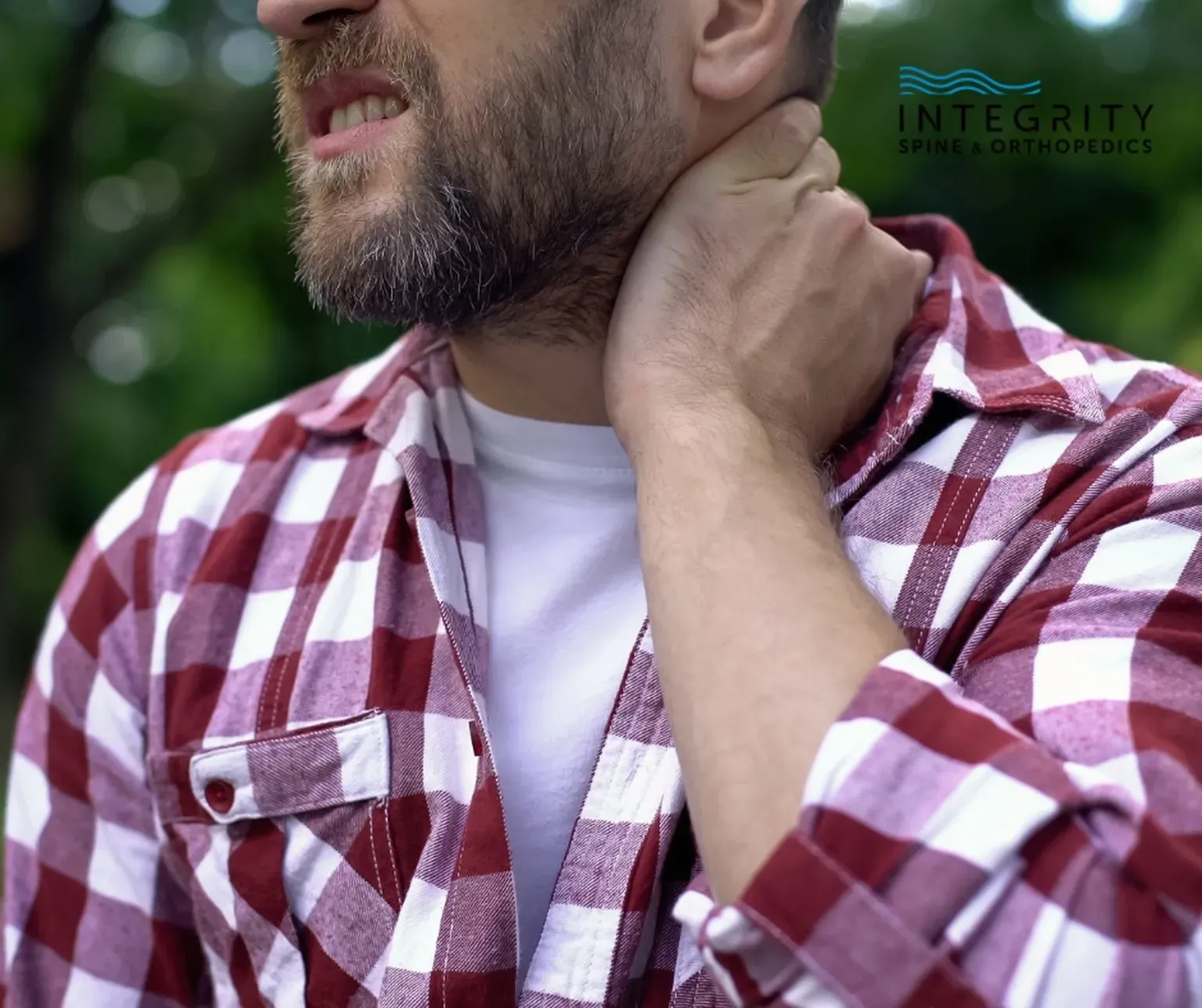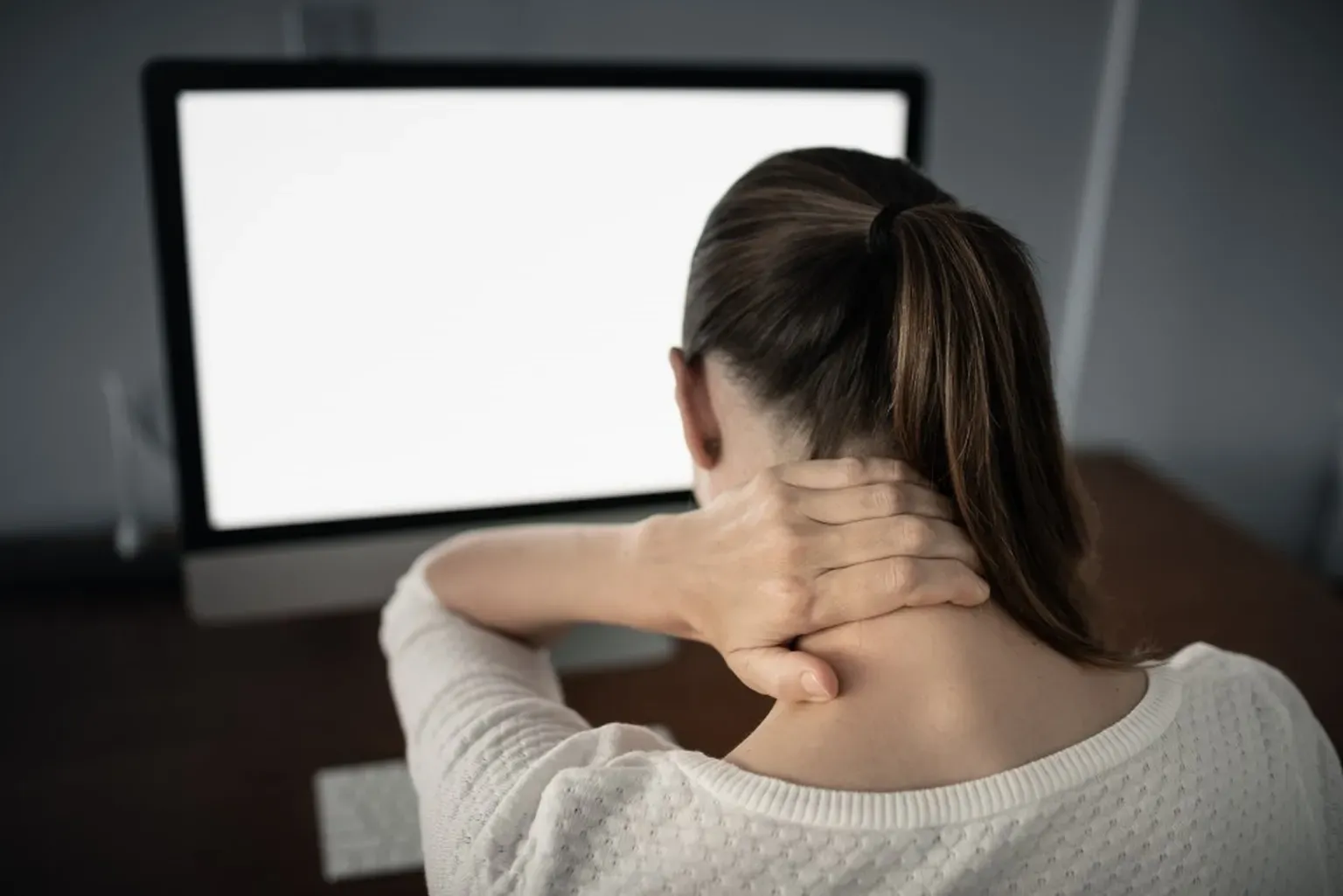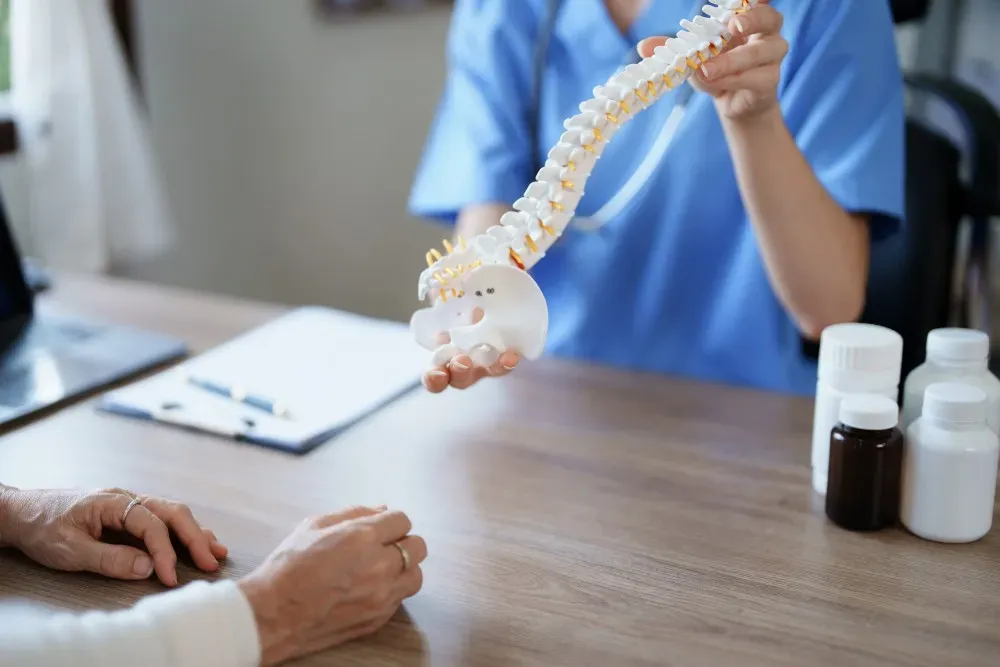Neurosurgery & Orthopedic Surgeons in Jacksonville

5 Facts You Need to Know About Bone Spurs
What is a bone spur? Bone spurs — also called osteophytes — are outgrowths of bone that form where the ends of bones meet in joints. Bone spurs commonly develop with age and many people live with them for years, undetected.
What is a bone spur? Bone spurs — also called osteophytes — are outgrowths of bone that form where the ends of bones meet in joints. Bone spurs commonly develop with age and many people live with them for years, undetected. However, these bony overgrowths can also lead to significant pain and other symptoms for some people. Keep reading to learn 5 key facts you need to know about bone spurs.
1. BONE SPURS ARE ACTUALLY YOUR BODY’S WAY OF TRYING TO HEAL DAMAGE
Bone spurs typically develop around areas of joint, cartilage, tendon or ligament inflammation and injury in the body. When the body detects an injury or inflammation, it triggers a cellular response to repair the damage by producing excess bone in the area.
Common areas for bone spurs include the hands, shoulders, hips, knees, feet, ankles and spine. Inflammatory injuries like achilles tendonitis and plantar fasciitis can lead to the development of bone spurs on the heels. Degenerative arthritis (osteoarthritis) is a leading cause of bone spur development on weight-bearing joints in the spine, knees and hips.
2. OSTEOARTHRITIS IS THE LEADING CAUSE OF BONE SPUR DEVELOPMENT
Osteoarthritis is the most common form of arthritis. Also called wear and tear arthritis or degenerative arthritis, it occurs when the protective layer of cartilage covering joints begins to break down and wear away. The body attempts to repair cartilage loss by producing extra bone around the damaged joint.
3. THE SPURS THEMSELVES ARE NOT PAINFUL…..BUT THEY CAUSE PAIN WHEN THEY AFFECT NEARBY STRUCTURES
Bone spur development is common with age, as the body’s joints, tendons and ligaments undergo natural degenerative changes. In a lot of cases, bone spurs are small and non-painful. Many people live with bone spurs for years and only discover them after getting an X-ray or imaging study for another reason. However, bone spurs can cause symptoms when they compress or irritate nearby tissues or nerves.
The most common symptoms of bone spurs are pain, stiffness and loss of movement in the affected joint. In the shoulders, spurs may rub against the rotator cuff tendons, leading to tendonitis or a tendon tear. In the hands, spurs may form in the finger joints, causing loss of joint movement and a knobby appearance in the fingers. In the hips and knees, spurs can lead to stiffness and a loss in range of motion. In the feet and ankles, painful spurs can cause pain in the bottom of the foot or heel.
The cervical and lumbar spine are two of the most common areas for bone spurs to develop. Vertebral spurs can compress nearby nerve roots or the spinal cord and cause the open spaces in the spine to narrow. Nerve root or spinal cord compression in the lumbar spine leads to sciatica, pain, weakness, numbness and tingling in the low back, buttock and leg. Compression in the cervical spine leads to the above symptoms in the neck, shoulder, arm and fingers.
4. BONE SPURS ONLY REQUIRE TREATMENT IF THEY’RE CAUSING PAIN AND SYMPTOMS
Typically, non-painful spurs don’t require any form of treatment. If bone spurs are causing pain and symptoms, your doctor will prescribe conservative treatment options with the goal of reducing inflammation in the injured area and strengthening your bones and joints. Over-the-counter NSAIDs can help relieve pain and inflammation. Additionally, your doctor may recommend a cortisone injection directly into the damaged joint to reduce inflammation, irritation and pain. A course of physical therapy can be beneficial to help strengthen joints and muscles and regain joint movement and range of motion.
5. IN SOME CASES, SURGERY IS NECESSARY
In some cases, bone spurs that are directly pressing on nerves cause significant pain, weakness and loss of movement. If pain and symptoms can’t be treated with conservative treatment options, then surgery may be necessary. Many bone spur removal surgeries can be performed with minimally invasive techniques.
6. UNFORTUNATELY, BONE SPURS AREN’T PREVENTABLE
There are no ways to prevent the development of bone spurs. However, you can take self-care steps at home to keep your bones and joints healthy and decrease your risk of injuries.
- Exercise regularly. Regular exercise is the best thing you can do to maintain strong, healthy joints, muscles and bones. Low-impact exercises like walking, swimming, bicycling or yoga can help you stay active while reducing stress and pressure on your joints and soft tissues.
- Maintain a healthy weight. Excess body weight places more stress and pressure on weight bearing joints. Talk to your doctor about ways you can maintain a healthy, stable weight.
- Wear supportive footwear. Reduce the risk of heel spurs by wearing shoes that fit correctly and provide good heel and arch support. Additionally, supportive shoes will reduce pressure on your knees, hips and back.
INTEGRITY SPINE AND ORTHOPEDICS TREATS SPINE AND JOINT CONDITIONS
Integrity Spine and Orthopedics specializes in performing minimally invasive spinal procedures for a range of painful spine conditions, including herniated discs, arthritis of the spine and bone spurs. We also offer pain management and general orthopedic services to help you manage acute or chronic back and joint pain.
Please call us at 904-456-0017 to request an appointment to see one of our board-certified orthopedic doctors in our Jacksonville, FL, clinic location. We also offer free MRI reviews to qualified patients — contact us today for more information.




